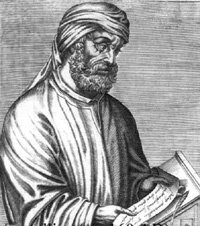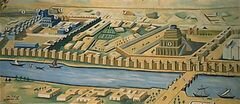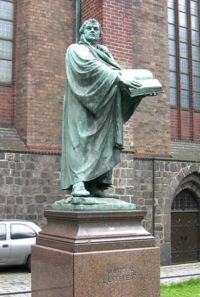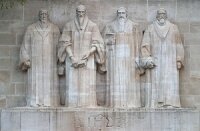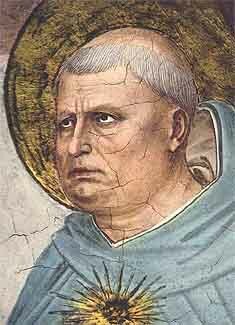 David (Standard Hebrew דָּוִד, Davíd, "Beloved", Arabic داوود, Dā'ūd, "Beloved") was the second king of the united kingdom of Israel (c. 1005 BC – 965 BC) and successor to King Saul. His life and rule are recorded in the Hebrew Bible's books of First Samuel (from chapter 16 onwards), Second Samuel, First Kings and Second Kings (to verse 4). First Chronicles gives further stories of David, mingled with lists and genealogies.
David (Standard Hebrew דָּוִד, Davíd, "Beloved", Arabic داوود, Dā'ūd, "Beloved") was the second king of the united kingdom of Israel (c. 1005 BC – 965 BC) and successor to King Saul. His life and rule are recorded in the Hebrew Bible's books of First Samuel (from chapter 16 onwards), Second Samuel, First Kings and Second Kings (to verse 4). First Chronicles gives further stories of David, mingled with lists and genealogies.He is depicted as the most righteous of all the ancient kings of Israel - although not without fault - as well as an acclaimed warrior, musician and poet (he is traditionally credited with the authorship of many of the Psalms). 2 Samuel 7:12-16 states that God was so pleased with David that He promised that the Davidic line would endure forever; Jews therefore believe that the Jewish Messiah will be a direct descendant of King David, and Christians trace the lineage of Jesus back to him through both Mary and Joseph.
The nature of his reign and even his existence have been questioned and debated, rejected and defended by modern biblical scholars, but the account given in the Hebrew Bible remains widely accepted by the majority of ordinary Jews and Christians and his story has been of central importance to Western culture.
More...



